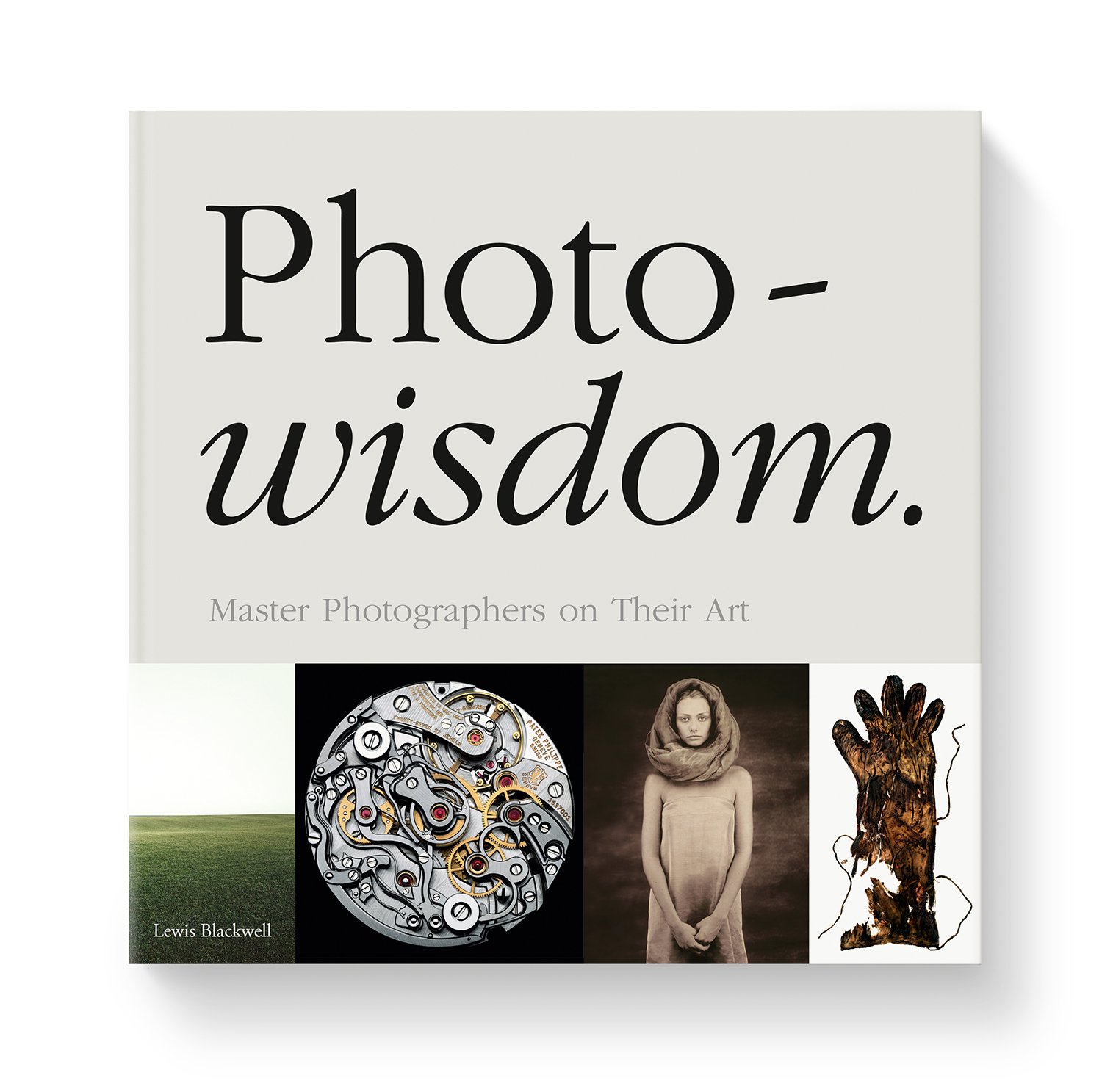Master Photographers on Their Art



I had a vocation. I knew my destiny by the time I was eighteen. I was in the navy, standing on a ship crossing the Atlantic, standing guard at three in the morning in a storm, and I was miserable, and I shouted to the heavens, “I am going to be a photographer!” I knew that was right; I didn’t choose photography; it sort of chose me. When it happens to you, you know.
The subject is really my perceptive act. It sounds a bit presumptuous, but the way I look at things is the subject of my photographs, that is how I pursue my photographs. That is how I construct them and what I think of. When I am alone with a picture in my studio, I am thinking about my own perceptive act. That’s all I really care about. I don’t have a message – Samuel Goldwyn, the producer, said if you have a message then send a telegram.
There are great journalists, great content-type photographers, but I am interested in the kind of staying power that is predicated on my own perceptions.
From the very start I had urgings to move closer to the subject matter. I have done that throughout my whole career. It really became clear around about 1975 with quadrants, when I photographed everything at one-metre distance. Occasionally I will work with a macro lens, but generally I work with a 50 mm lens fairly close into the subject. I can go anywhere – I do often just take two bodies and two fifties.
In my earlier years, I relied more on darkroom manipulations, but in the last twenty years or so I kind of go straight to it. Much less effort in the darkroom! What I am seeing I kind of know how to get.
Digital is a great way of transferring information, but digital imaging systems are not photography, because photography has to do with the alchemy of light on film. Photography creates a new information that wasn’t there before, whereas digital transfers information that is in front of you. Like the telephone can transfer my words to your ear.
With telephones and digital cameras, there are probably more images made in one day than in the whole history of analogue photography. But name one masterpiece of digital photography – do you know one offhand? It is actually not the same medium. It is like the difference between cinema and video, film and digital photography; they are different and coexist.
I am still scuffling. I have had a little satisfaction along the way, but I am only as good as my next photograph. There is a creative process, and as it unfolds, as I observe what I am doing – well, I have been working for about fifty years now, and the idea of improving is something that gets me up in the morning. When something goes right, when you have an image, there’s a feeling you get that nothing else can provide. I will sit there alone with the work and study it and know that I am in territory that I could not have otherwise accessed.
It is the nature of the medium that you can’t rest on your laurels. It’s the relationship that photography has to the present tense.
I share the pictures because that is how you make a living. But the truth is that by the time I put something out I don’t really care what people think of it. Ninety-nine per cent of the cause and effect has been experienced in the producing of it.
I have been a musician all my life, but in the last seven or eight years I have decided to really find out the relationship between the two. When you are creative in two fields, they are different parts of yourself, and you want to know how they speak to one another.
When you put a picture on a wall, you make a relationship with photography; but when you put it in a book, you have a relationship to photographs. I have shows, but I am more interested in the intelligence of books. Books also stay around for a long time, have a long life, whereas shows come and go. The tactility of books I like. I am always trying to make a book I haven’t made before, but it is a bit like playing the blues, in that you have a limited format – they bind on the left, turn on the right, stuff like that. You have a strong set of rules when you make a book.
Of all the great inventions of the Industrial Revolution, photography was the only invention that impacted our perception of time. It was the biggest impact on our sense of time since the invention of the watch. Photography will always have that connection with our changed perception of time, and I will continue to stay fascinated by that.
From PhotoWisdom: Master Photographers on Their Art by Lewis Blackwell. Copyright by the photographer, reproduced with the permission of the publisher Blackwell & Ruth.
From PhotoWisdom: Master Photographers on Their Art by Lewis Blackwell. Copyright by the photographer, reproduced with the permission of the publisher Blackwell & Ruth.
